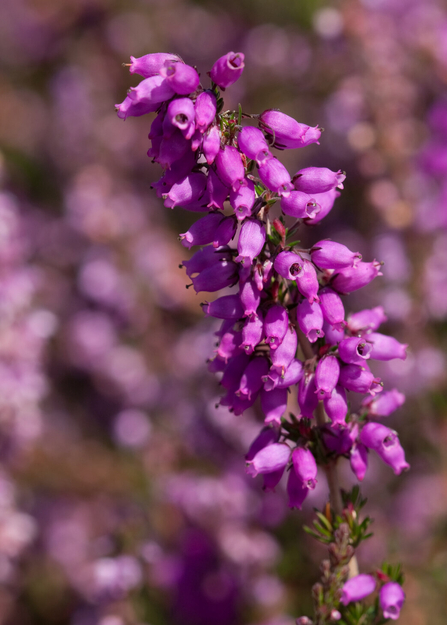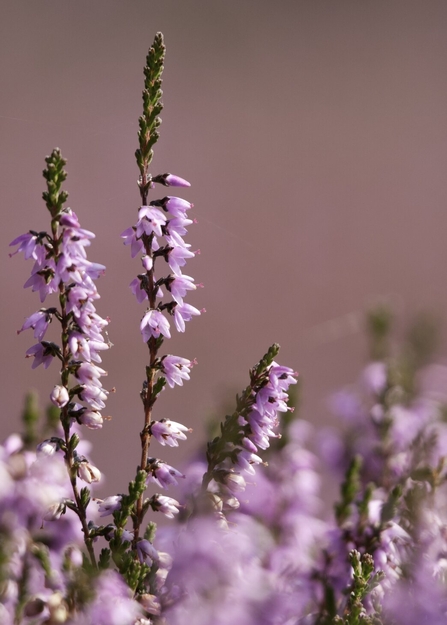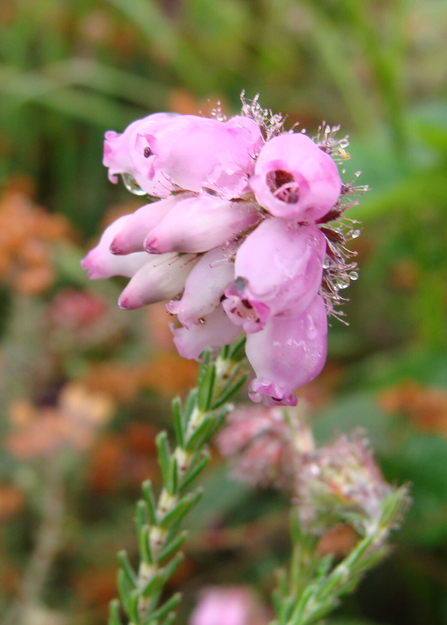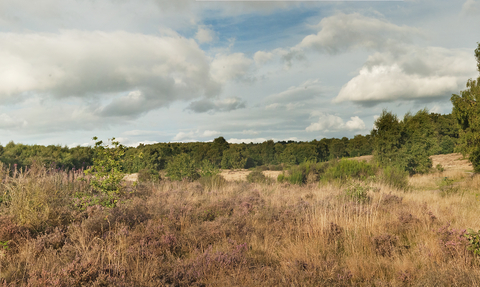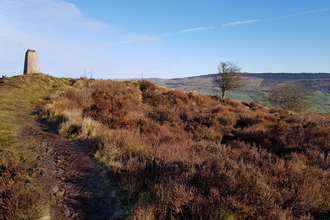I’ve recently moved into a conservation role and a big part of my role is focused on helping care for and restore our county’s precious heathlands.
I’ve been getting stuck in with our amazing volunteers creating new bare-earth scrapes at Highgate Common Nature Reserve, as well as carrying out site checks at Gentleshaw Common Nature Reserve.
Growing up near a woodland, I’ll admit heathlands are a whole new world to me, one which I’m finding fascinating. I literally learn something new every day! But why are heathlands important? And what makes them good for wildlife?
Heathland history
Did you know the UK has lost over 80 per cent of its heathlands since the 1800s? Yet it still holds one-fifth of the planet's lowland heath, so what remains is absolutely vital to the survival of so much incredible wildlife.
Heathland is one of our most threatened wildlife habitats. These vast, open spaces are places where gorse (with little yellow flowers that smell like coconut), bracken, heather and grasses thrive and grow. Sometimes, birch and pine trees are dotted around too.
It’s a semi-natural habitat which was first created around 5,000 years ago when we (humans) cleared trees from infertile soils. Later, we used it for grazing livestock. Grazing and tree removal caused a further drop in the soil nutrient levels and acidity to increase. These conditions suited heathland plants previously limited to coasts, clifftops and mountainsides. If undisturbed, heathland naturally develops into woodland, as trees such as birch move back in and gradually enrich the soil and out compete more delicate plants.
Ecologically, heathland is split into upland heath or 'moorland' and lowland heath, the cut-off is approximately the 1,000ft contour. Both types are well represented in Staffordshire although there has been a serious decline in lowland heath over the last century.


